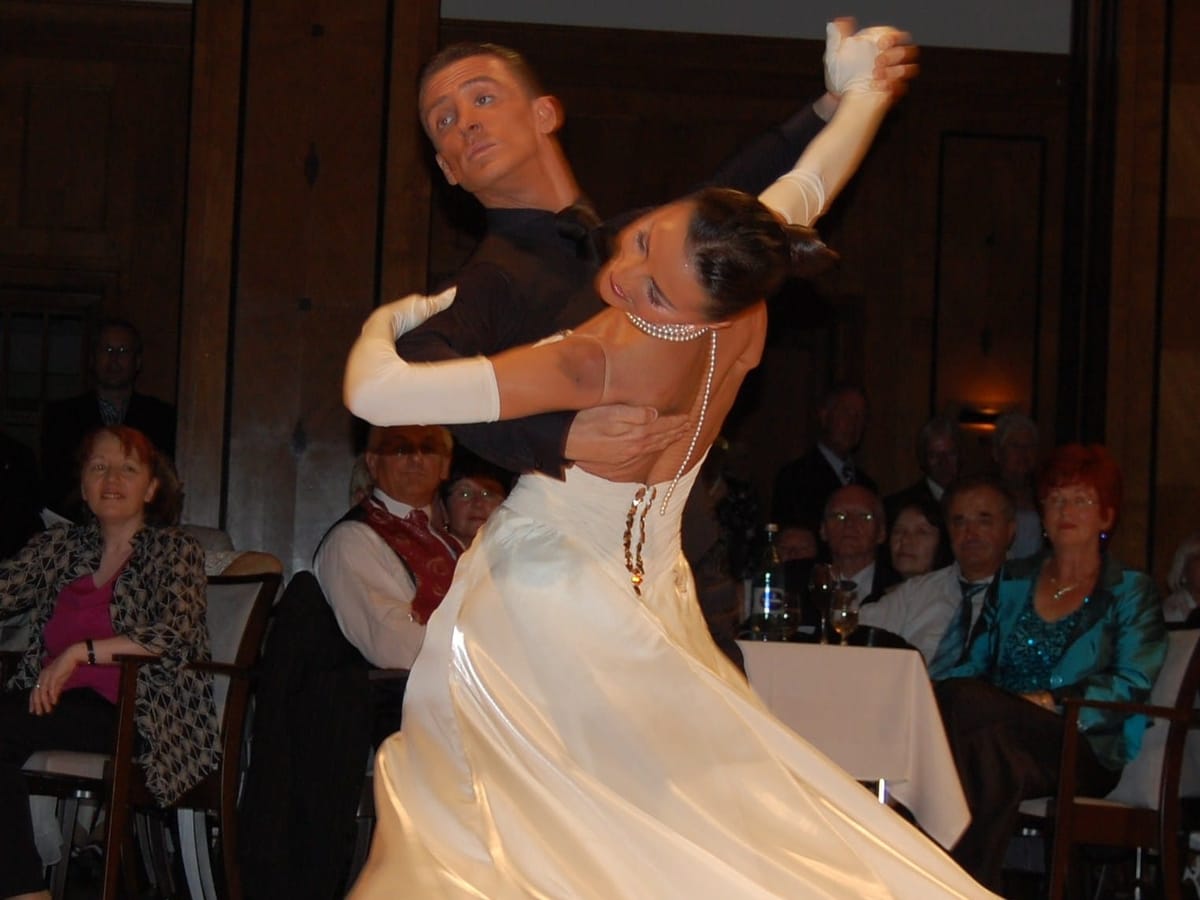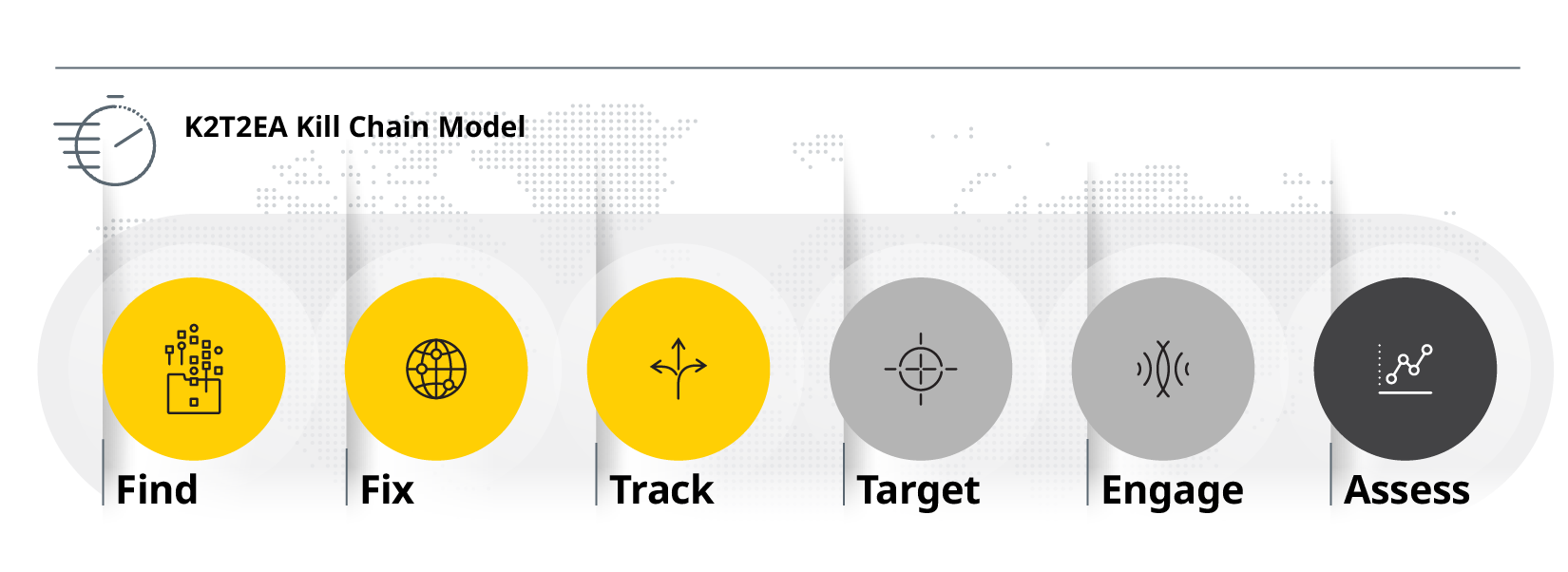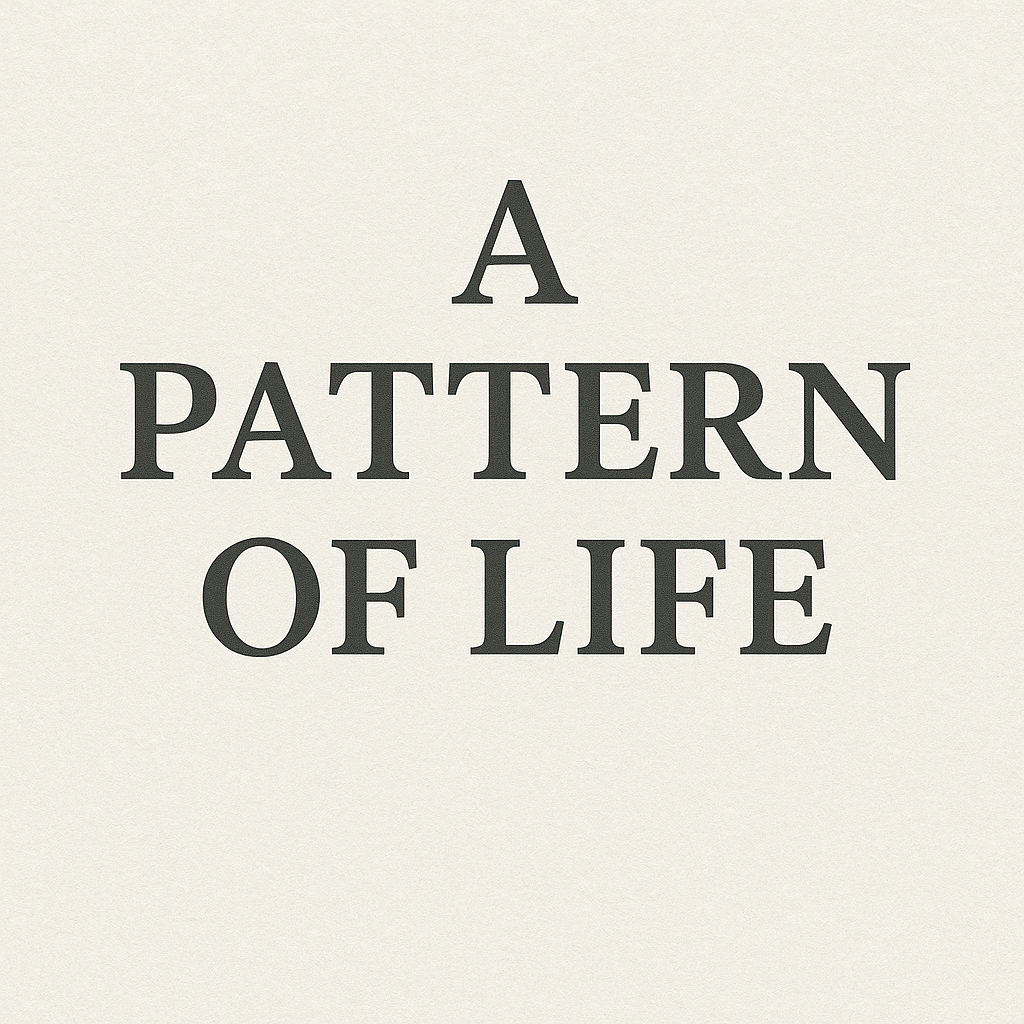The Kill Chain and the Waltz

Patterns of control, surrender, and meaning in war and dance
I spend most of my working life in a secure facility tracking threats and enabling strikes. I also spend a surprising amount of time in dance studios or on competition floors, guiding a partner through the formal flow of a ballroom waltz.
At first glance, these lives don’t seem to go together. One deals in precision targeting, enemy behavior, and lethal outcomes. The other is rooted in grace, timing, and shared movement. But over the years, I’ve come to realize both follow a kind of pattern—a chain of cause and effect, input and response. One chain ends in a missile strike. The other ends in applause. But they both reveal something essential about how we move through the world.
What Is the Kill Chain?
In military terms, the “kill chain” is a structured process used to identify, track, and destroy a target. The version most commonly used by U.S. forces is known by the acronym F2T2EA:
Find, Fix, Track, Target, Engage, Assess.
- Find – Detect a potential threat or target using intelligence, sensors, or other collection methods.
- Fix – Confirm the target’s location and identity with enough precision to take action.
- Track – Maintain awareness of the target’s movements so it doesn’t slip away.
- Target – Decide how to strike it—what weapon, from where, and under what conditions.
- Engage – Execute the strike.
- Assess – Determine whether the strike was effective or if follow-up action is needed.

Each step depends on the quality of the one before it. If you fail to fix the target’s location accurately, your engagement could miss. If you don’t assess well, you might think the problem is solved when it isn’t.
My job as an intelligence officer is to support and often initiate this process. I help provide the awareness, analysis, and coordination that allows these actions to unfold. In practice, this means collecting and fusing information across many domains—satellites, aircraft, ships, cyberspace—then working with operational leaders to decide when and how to strike. A modern kill chain often involves multiple services (Navy, Air Force, Marines) and sometimes allied forces as well.
What’s important to understand is that the kill chain isn’t about brute force—it’s about speed, clarity, and synchronization. The side that can close the loop fastest—turning awareness into action—often wins. It’s a system of decision-making under pressure, where hesitation can mean losing the advantage.
But it’s also emotionally distant. You don’t see the target. You see coordinates, shapes on a screen, data streams. The language becomes abstract: “dynamic target,” “time-sensitive strike,” “kill box.” You could be supporting a real-world operation with life-and-death consequences, and it still feels like playing chess by satellite.
That sense of distance can be dangerous. Which is why I’m grateful I learned how to dance.
What Is the Waltz?
When most people think of the waltz, they picture something vaguely romantic: spinning couples, ball gowns, maybe a Vienna ballroom. But the waltz I trained in was precise, athletic, and formal. I danced International Standard Waltz competitively across the U.S. and Japan. It’s one of the five ballroom “Standard” dances recognized worldwide and judged at the highest levels.
The waltz is danced in 3/4 time, meaning three beats per measure. The rhythm goes: ONE-two-three, ONE-two-three. The first beat is emphasized, creating a distinct rise and fall as dancers float across the floor. Every couple moves counterclockwise along an invisible line of dance, navigating a crowded floor while executing a carefully rehearsed routine.
Waltz at the highest level. The Pro final at Blackpool
In competition, you’re judged on posture, timing, footwork, movement quality, and the coordination between partners. But at the heart of it all is frame—the structured physical connection between lead and follow. The leader communicates every direction—forward, backward, rotation—through subtle changes in body pressure and alignment. There are no words. Everything is transmitted through muscle tone, breath, and timing.
To lead well is to offer clarity, not to overpower. You have to be hyper-aware of your partner’s balance, speed, and presence. You shape her movement, but you also give her space to express. The best waltz isn’t forced—it’s negotiated in real time, beat by beat.
The Chain and the Dance
What do these two worlds—combat targeting and ballroom dance—have in common?
More than you might think.
Both require structured processes executed under pressure. Both rely on the quality of your awareness—your ability to perceive, interpret, and act in the moment. Both demand mastery of timing. Both reward preparation but punish rigidity. And both are easier to ruin than to perfect.
In the kill chain, you’re reading sensor feeds, tracking an aircraft, cross-referencing databases. You’re managing uncertainty and compressing decision time. If you’re too slow, the enemy escapes. If you’re too hasty, you strike the wrong thing. You must lead with precision.
In the waltz, you’re reading your partner—her center of gravity, the angle of her head, the pressure in her hand. You’re guiding her into a Natural Turn or Reverse Turn while avoiding a collision with another couple. You must lead with care.
In both cases, the goal is to move smoothly through uncertainty using a framework of deliberate action. Whether you're managing an ISR feed or gliding through a double reverse spin, success depends on pattern recognition, timing, and presence.
But there’s a difference, too.
The kill chain is linear. It ends with a strike. It’s built to dominate and disable.
The waltz is circular. It loops and flows. It’s built to connect and continue.
The kill chain is solitary—even when it’s joint and combined, the burden of the strike falls on a single decision node.
The waltz is relational—two people locked into a frame, trusting each other’s weight and rhythm, neither fully in control.
What They Taught Me
I never expected my ballroom training would make me better at intelligence work. But it did.
Waltz taught me how to lead without forcing—a lesson more officers should internalize. It taught me how to be aware of another’s movement while maintaining my own clarity. It taught me rhythm, spatial awareness, and restraint.
Conversely, military work taught me the value of decisiveness, of not overthinking the next step when timing matters. It gave me the discipline to practice dance technique with seriousness. And it made me appreciate the waltz not just as art, but as another form of command and control—one expressed through touch instead of command voice.
These worlds inform each other now. I brief aircrew differently because I’ve danced. I dance differently because I’ve commanded Marines. I see patterns everywhere. Some end in silence; some in music. Some in fire.
One Final Pattern
This blog is called A Pattern of Life—a term we use in military ISR to describe the rhythms and behaviors of a potential target. But for me, it also means learning to see meaning in motion, structure in chaos, grace in the midst of friction.
Both the kill chain and the waltz are about acting decisively in moments that matter.
The difference lies in how the story ends.
The opinions expressed are those of the author alone and do not reflect those of the U.S. Marine Corps, the Department of Defense, or any part of the U.S. government.
